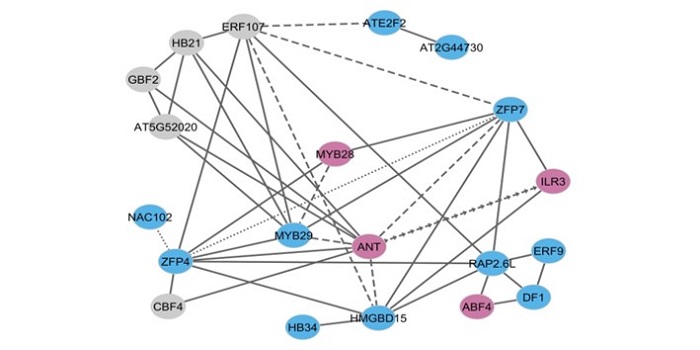
Symphony of the regulators: How do plants control complex responses to environmental signals?
Blog, The Plant Cell, The Plant Cell: In BriefThere are several models we use to conceptualize how plants respond to environmental signals through transcriptional regulation. In perhaps the best-understood model, the perception of some environmental signal flows through one or several mechanisms to a master regulator, often a transcription factor…
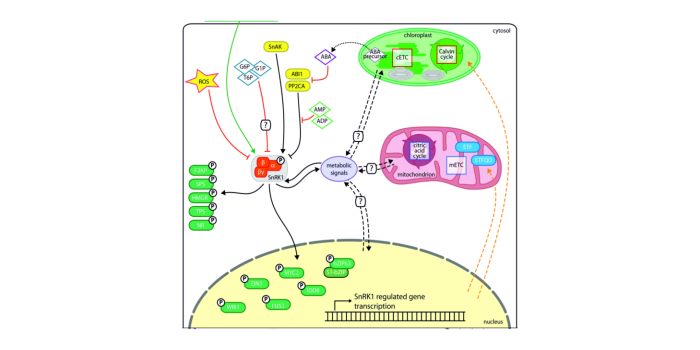
Update: SnRK1 kinase as a central mediator of energy signaling between different organelles (Plant Physiology)
Blog, Plant Science Research Weekly, ResearchThe heterotrimeric SNF1-related protein kinase 1 (SnRK1) in plants is an orthologue of yeast SNF1 (sucrose non-fermenting 1) kinase and the mammalian AMPK (AMP-58 activated protein kinase). A significant array of genetic evidence during the past years has identified SnRK1 as a key regulator of cellular…
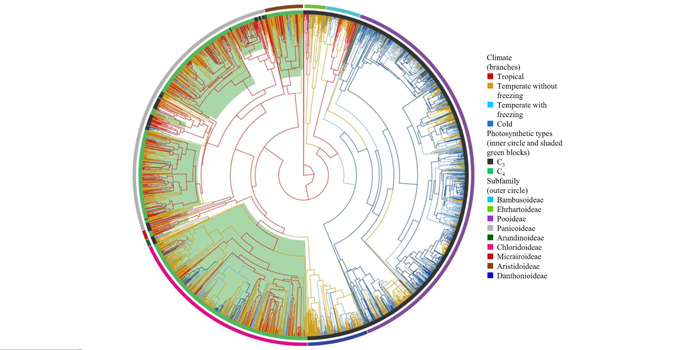
C4 photosynthesis evolved in warm climates but promoted migration to cooler ones
Blog, Plant Science Research Weekly, Research, Research BlogEcol. Lett. C4 photosynthesis represents a biochemical CO2-concentrating mechanism that increases Rubisco-mediated carboxylation of RuBP and reduces photorespiration. However, there is an energy cost associated with C4 photosynthesis, and so it is presumed to become advantageous over C3 photosynthesis…
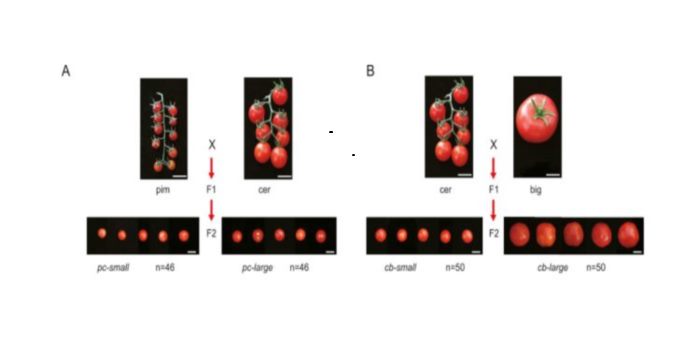
Rewiring of the fruit metabolome in tomato breeding
Blog, Plant Science Research Weekly, Research, Research BlogCell. The tomato plant has been of keen interest to mankind for centuries, and its domestication led to delicious fruits much larger than their wild, bitter-tasting ancestors. Domestication of tomato had many intended outcomes (increased fruit size, less bitter taste), and several unintended consequences.…
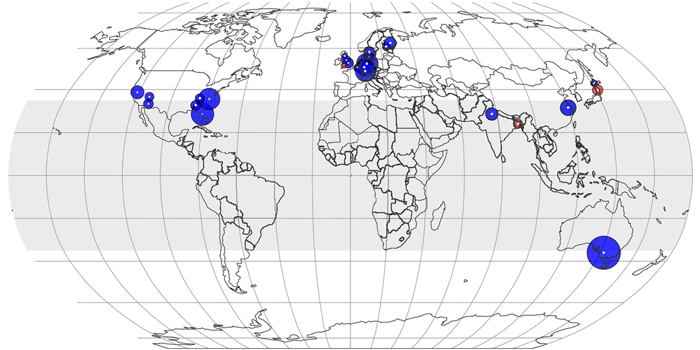
Hidden shift of the ionome of plants exposed to elevated CO2 depletes minerals at the base of human nutrition
Blog, Plant Science Research Weekly, Research, Research BlogeLife. Free air CO2 enrichment (FACE) has been used to surround plants with an elevated concentration of CO2 (eCO2) during growth, and has consistently conferred an increase in carbon assimilation and plant productivity. However, the effect of eCO2 on nutrient status of the plant is unclear due to…
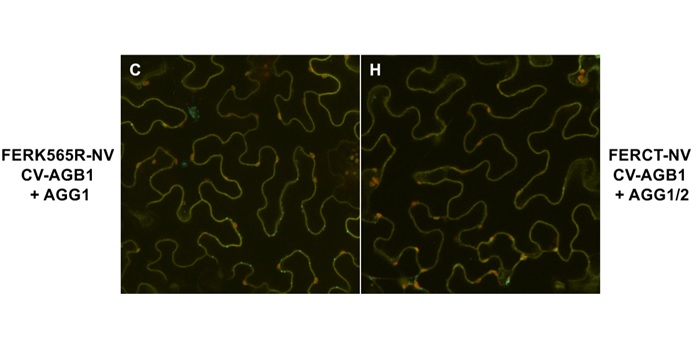
The G protein β subunit, AGB1, interacts with FERONIA in RALF1-regulated stomatal movement
Blog, Plant Science Research Weekly, Research, Research BlogPlant Physiol. Heterotrimeric guanine nucleotide-binding (G) proteins participate in numerous processes including the regulation of hormonal responses and environmental stress. G proteins are composed of three subunits: Gα, Gβ, and Gγ. AGB1, a Gβ protein, forms a non-covalent dimer with a Gγ subunit,…

Mineral Deposits in Ficus Leaves
Blog, Plant Physiology, Plant Physiology: On The Inside, Research, Research BlogMineral deposits occur in many, but not all plant leaves. In those leaves that do have minerals, the mineral type, morphology and the distributions within the leaves are under strict control. In fact, mineralization in certain leaves is a well-preserved trait throughout evolution, indicating that such…

Anthocyanins on Demand
Blog, Plant Physiology: On The Inside, Research, Research BlogAnthocyanins are vacuolar pigments derived from the phenylpropanoid pathway that are produced in many different plant species. The role of anthocyanin accumulation under stress in vegetative tissues is probably linked to the scavenging of reactive oxygen species (ROS). Anthocyanins are powerful antioxidants…
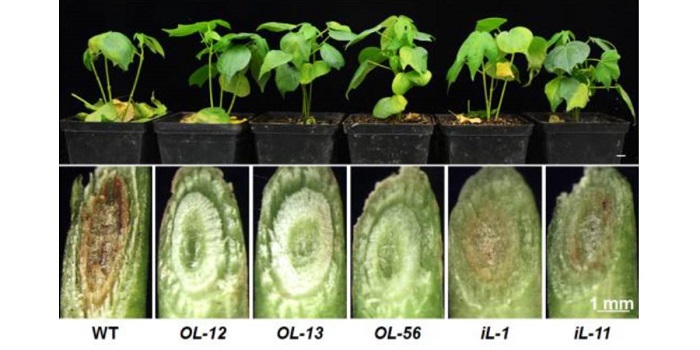
Laccase Confers Biotic Stress Tolerance in Cotton
Blog, Plant Physiology, Plant Physiology: On The Inside, Research, Research BlogCotton (Gossypium spp.) is a globally cultivated globally crop of vast economic importance. Pathogens and pests are major limitations to cotton yield and quality. Verticillium wilt, caused by the fungus Verticillium dahliae, is the disease most detrimental to cotton production. Cotton bollworm (Helicoverpa…

